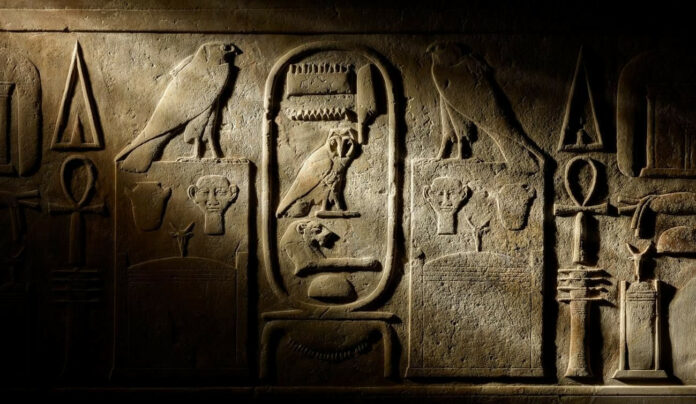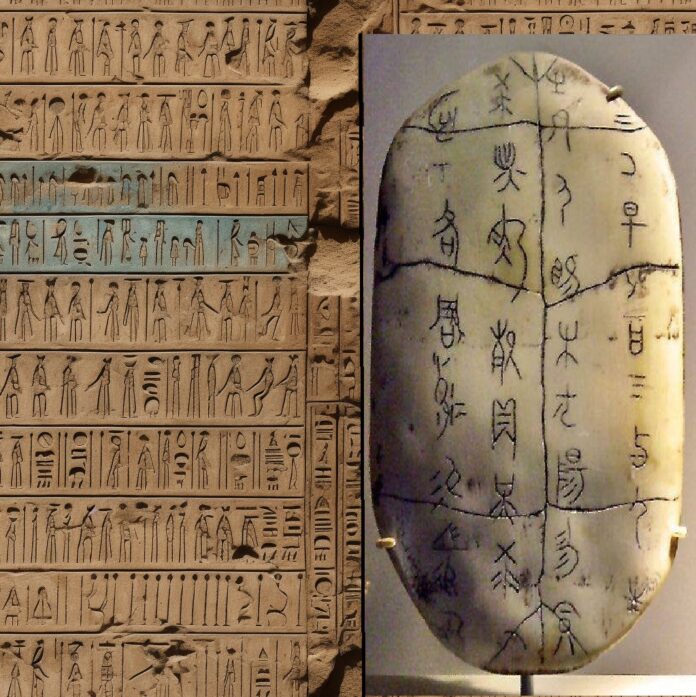In the early days of humanity, our ancestors began creating symbols and markings that were the precursors to modern writing. These early systems, found on cave walls and stones, functioned as mnemonic aids to help recall events and ideas. However, they were not advanced enough to fully express the complexities of spoken language.
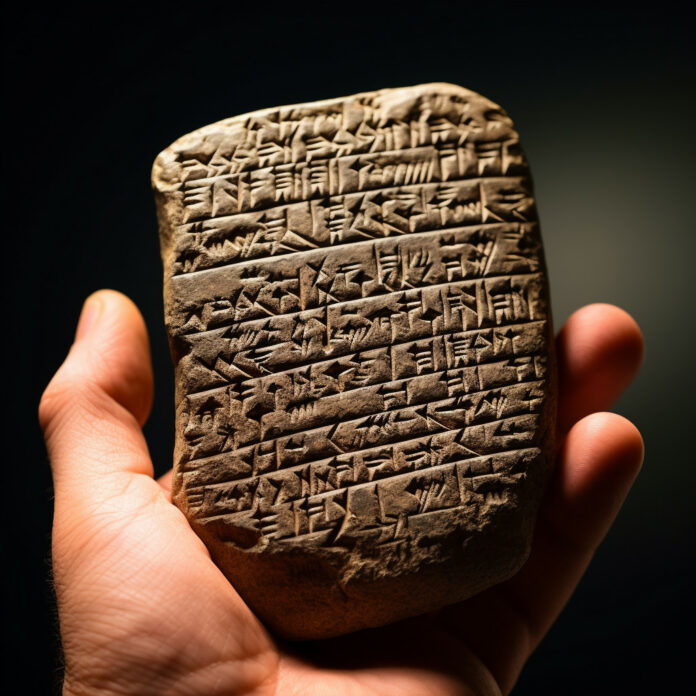
Chapter 1: The Birth of Writing
The Fertile Crescent: Cradle of Civilization
As civilizations thrived in the fertile lands between the Tigris and Euphrates rivers, a significant transformation occurred. Between 3400-3100 BCE, the Sumerians of Mesopotamia developed the first known writing system, cuneiform.
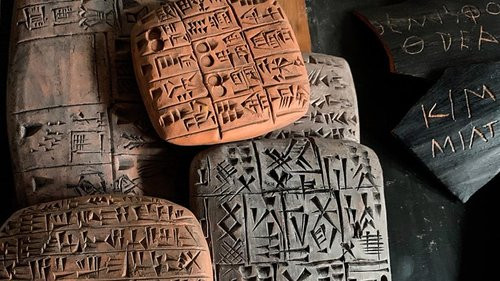
This system evolved from simple pictographs to a sophisticated collection of wedge-shaped characters, enabling the accurate transcription of spoken Sumerian. This breakthrough paved the way for literature, legal codes, and the preservation of knowledge.
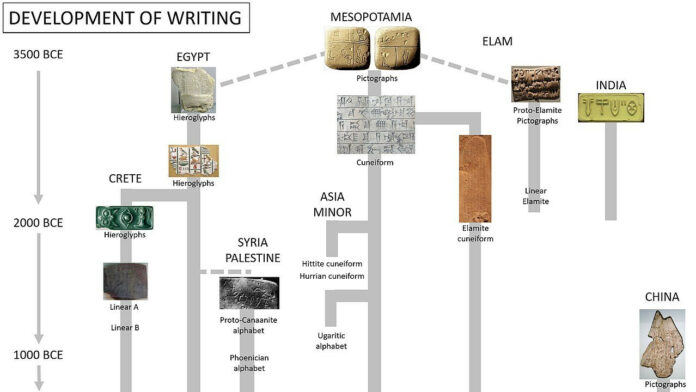
Ancient Scripts Emerge
The Sumerian innovation sparked a wave of writing developments across the ancient world. In Egypt, hieroglyphs emerged around 3250 BCE, with their detailed symbols gracing temple walls and papyrus scrolls. The Indus Valley Civilization carved its mysterious script onto seals, while by 1200 BCE, the Chinese had developed their logographic system. Mesoamerican cultures also created their own unique scripts, illustrating the independent origins of writing in various regions.
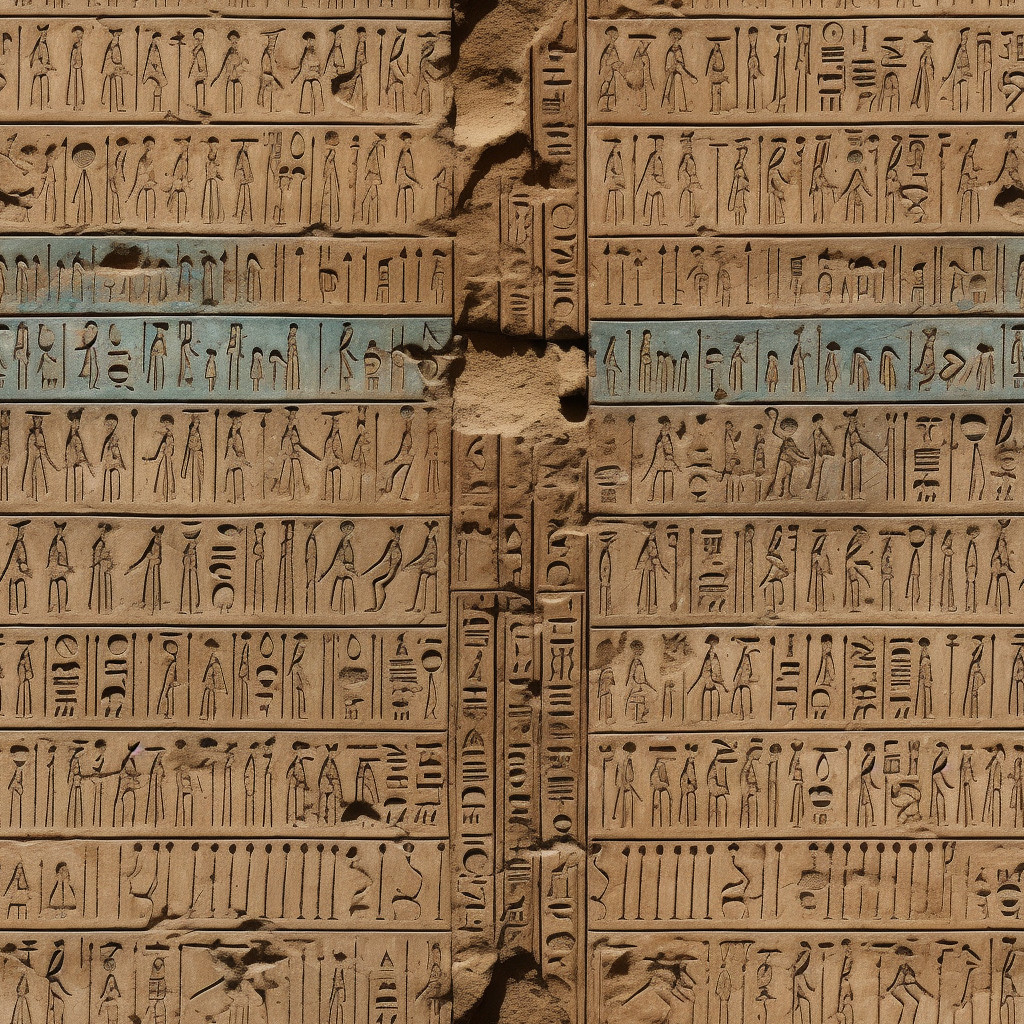
Chapter 2: The Alphabet Emerges
The Phoenician Breakthrough
Around 1050 BCE, the Phoenicians, renowned merchants of the ancient Mediterranean, revolutionized writing by creating the first true alphabet. Inspired by Egyptian hieroglyphs, this system used distinct symbols to represent individual consonant sounds, facilitating more efficient and widespread literacy.
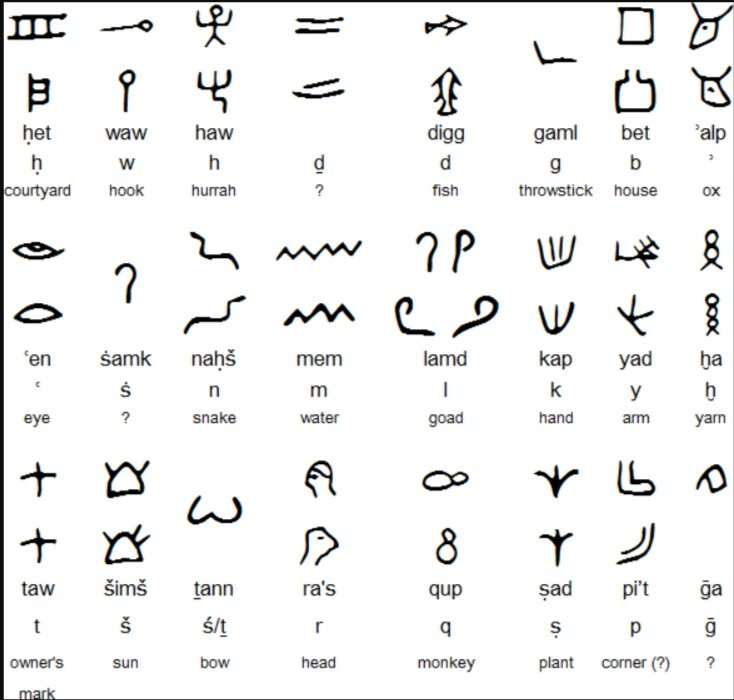
The Greek Adaptation
The Phoenician alphabet’s most influential successor was the Greek script, adopted around the 8th century BCE. The Greeks introduced vowel symbols, transforming the consonant-only system into a full alphabet capable of representing the complete range of spoken language sounds.
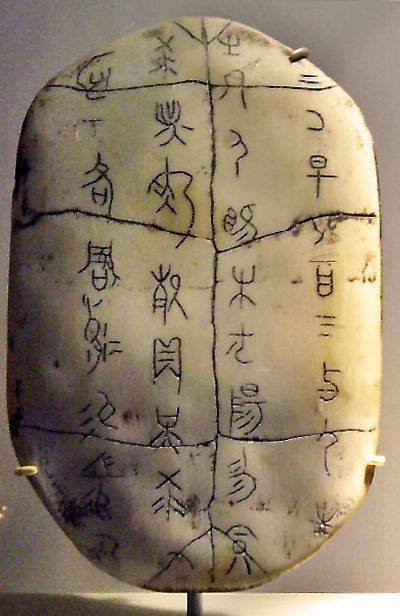
Chapter 3: The Spread of Literacy
The Roman Empire and the Latin Alphabet
As the Roman Empire expanded, the Latin alphabet, derived from the Greek script, spread its influence. This robust writing system became the basis for the languages of Western Europe, ensuring the preservation and dissemination of knowledge throughout the extensive Roman territories.

The Medieval Era and the Rise of New Scripts
The fall of Rome led to significant cultural exchanges. Arabic, with its elegant cursive script, became a leading language of scholarship. Meanwhile, the Cyrillic and Gothic alphabets were developed for the Slavic and Germanic peoples. The Renaissance renewed interest in Greek and Latin, setting the stage for the modern era of widespread literacy.
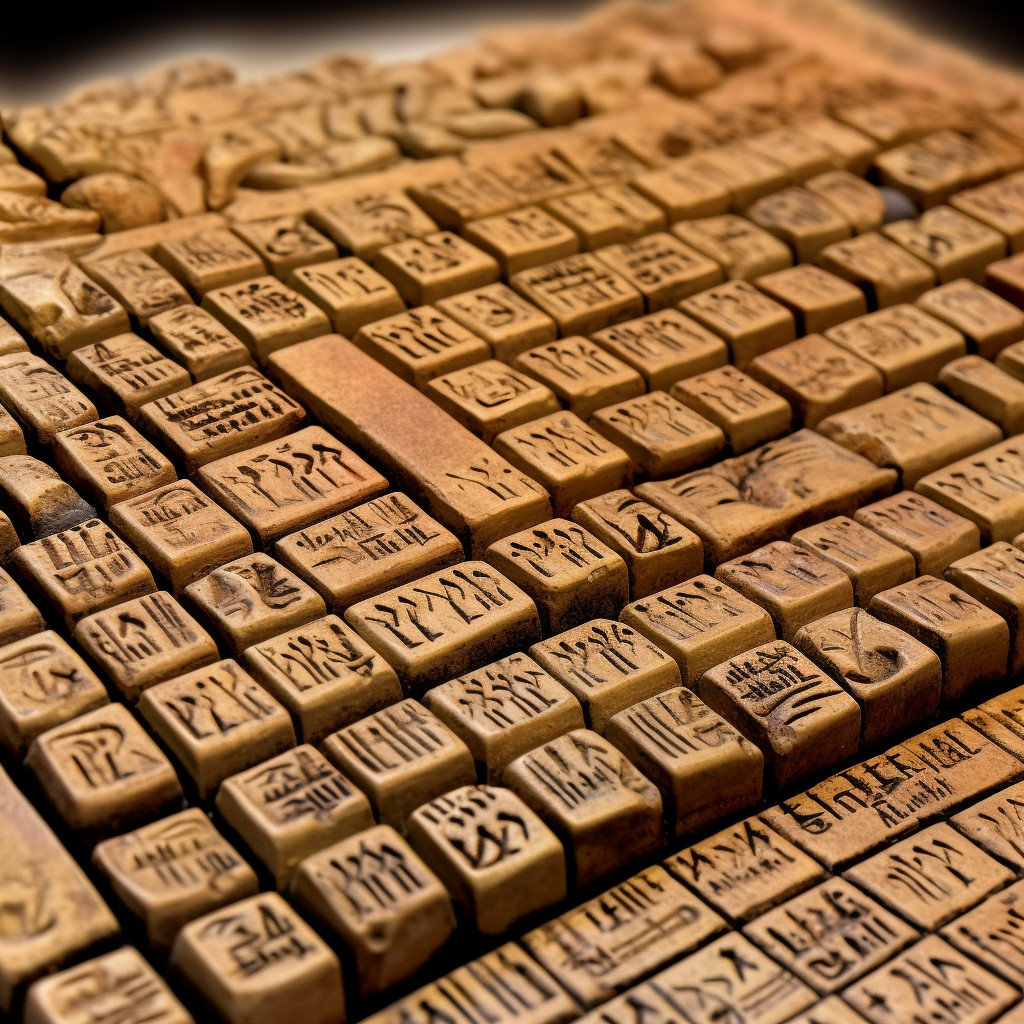
Epilogue: Writing in the Digital Age
Today, writing systems have moved beyond pen and paper, thriving in the digital realm. From smartphones to computers, the written word continues to evolve, ensuring that our stories, ideas, and collective human experience are preserved for future generations.
